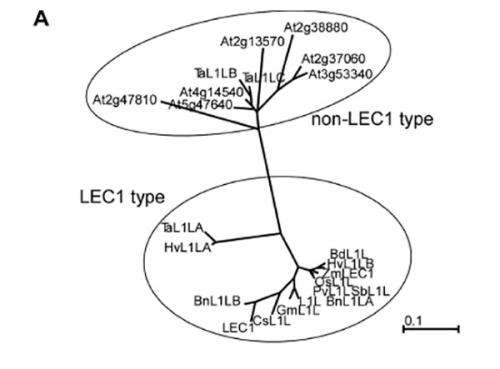Seed germination regulators for optimising harvests

The timing of seed germination is crucial for optimising harvests. Pre-harvest sprouting is prevented when seeds enter a dormant state, but a high level of dormancy has economic repercussions. Now, using RNA and sequence analysis and comparisons with other plants, researchers at Okayama University have unravelled some of the mechanisms regulating seed maturation and dormancy in wheat.
Studies of arabidopsis - a small flowering plant related to cabbage and mustard – have identified transcription factors that regulate its seed maturation and dormancy. However few studies have yet investigated seed maturation regulators in wheat, or monocots in general. Monocots – plants with one seed leaf as opposed to dicots, which have two – include rice, wheat, maize, sugar cane, pasture grass and bamboo, so they are particularly economically significant.
Kazuhide Rikiishi and Masahiko Maekawa grew seedlings of nine varieties of wheat. They harvested the seeds every 10 days until 60 days after pollination, and incubated the seeds on petri dishes. They then counted the number of seeds on each petri dish each day to monitor germination, and analysed the RNA of samples at different stages after pollination.
The researchers found genes specific to certain tissues and stages of development that were similar to the seed maturation regulators reported for Arabidopsis. They also showed how these genes affect seed dormancy in wheat and the pathways for regulating seed dormancy.
Cereal seeds with low dormancy are now used regularly to boost production and pre-harvest sprouting has become an increasingly troubling issue. The authors conclude in their report, "The regulatory networks of seed maturation might be conserved for the control of seed dormancy in dicot and monocot species."
More information: "Seed Maturation Regulators Are Related to the Control of Seed Dormancy in Wheat (Triticum aestivum L.)." PLoS ONE 9(9): e107618. DOI: 10.1371/journal.pone.0107618
Journal information: PLoS ONE
Provided by Okayama University


















